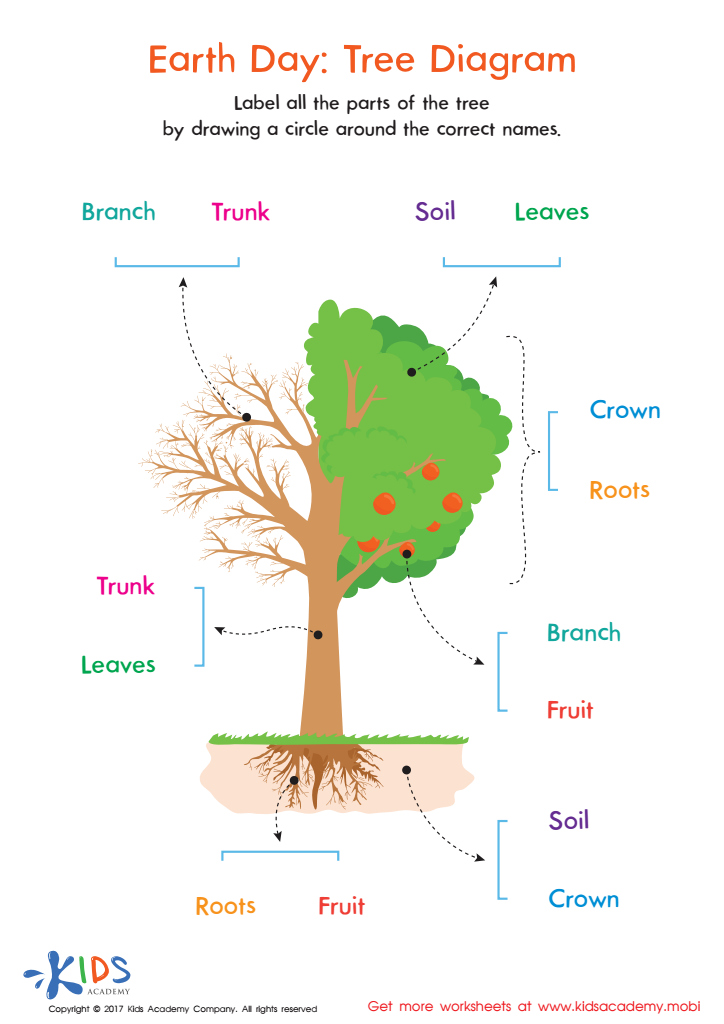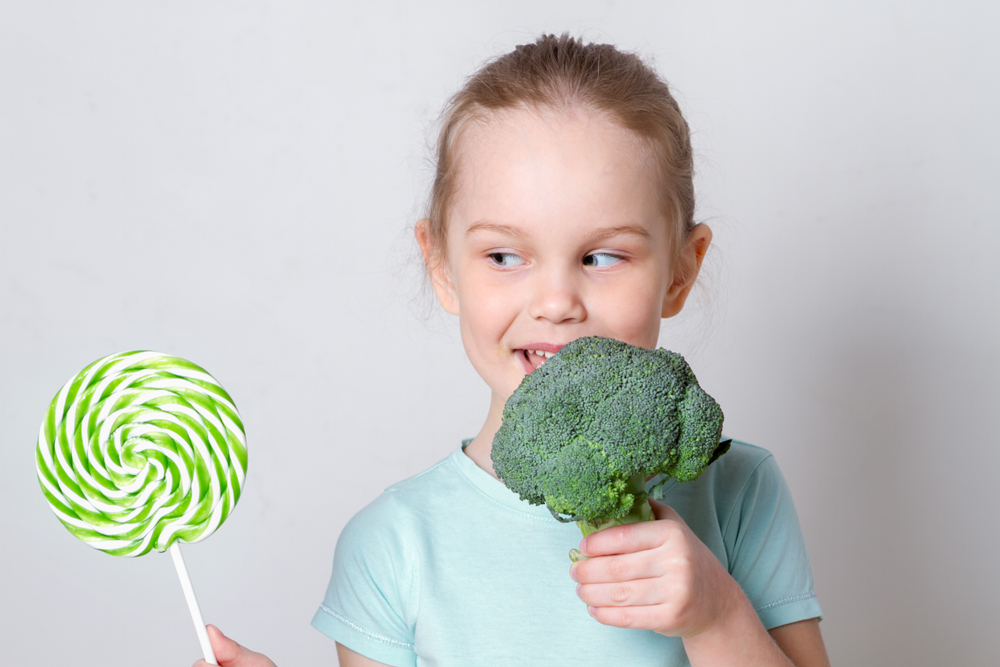Normal Plants and Animals Worksheets for Ages 5-8
12 filtered results
-
From - To
Discover our engaging "Normal Plants and Animals Worksheets" designed specifically for children aged 5-8! These interactive worksheets make learning about the natural world fun and exciting. With colorful visuals and relatable activities, kids will explore various types of plants and animals, enhancing their observational skills and fostering a love for nature. From identifying characteristics to understanding habitats, our resources are perfect for enhancing early education. Ideal for classrooms or home learning, these worksheets promote critical thinking and creativity. Unlock the wonders of the outdoors and nurture a child's curiosity with our thoughtfully crafted materials!


Mammals and Reptiles Worksheet


Where Do They Grow Worksheet


Matching Types of Leaves Printable


African Wildlife: Giraffe Worksheet


Earth Day: Tree Diagram Worksheet




Life Cycle of a Plant Worksheet


Identifying Living or Non–living Worksheet


Arctic Animals Worksheet


Life Cycle of Butterfly Printable
Parents and teachers should care about teaching children ages 5-8 about normal plants and animals because this foundational knowledge plays a crucial role in their overall development and understanding of the world. Learning about local flora and fauna fosters curiosity and encourages children to explore their environment. By recognizing common plants and animals, kids can develop observational skills, which enhance their inquiry-based learning.
Understanding normal plants and animals helps children appreciate biodiversity and realize the importance of ecosystems. This awareness cultivates a sense of responsibility towards nature, promoting conservation values at an early age, which is essential for creating future stewards of the environment.
Moreover, engaging with the natural world supports cognitive, social, and emotional growth. Activities that involve plants and animals, such as gardening or observing wildlife, promote teamwork and compassion, aiding in social development and emotional intelligence.
Additionally, nature-based learning enhances STEM skills. By observing cycles, habitats, and relationships in nature, children develop critical thinking and problem-solving abilities. Ultimately, nurturing a connection with plants and animals not only enriches children’s lives but also prepares them to be informed, caring individuals in their communities.
 Assign to My Students
Assign to My Students

















